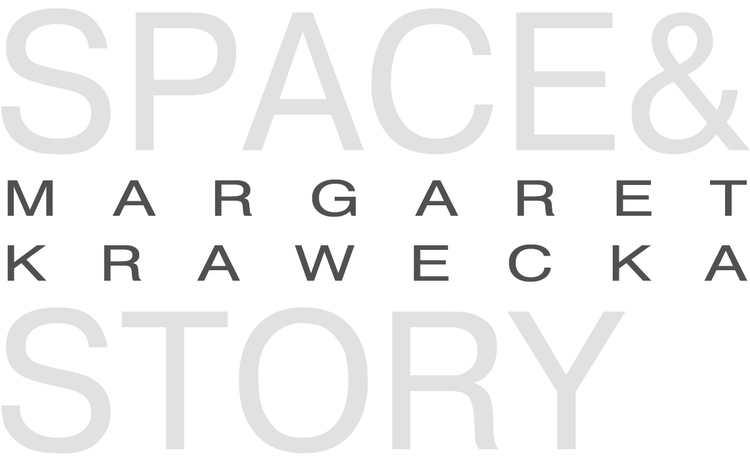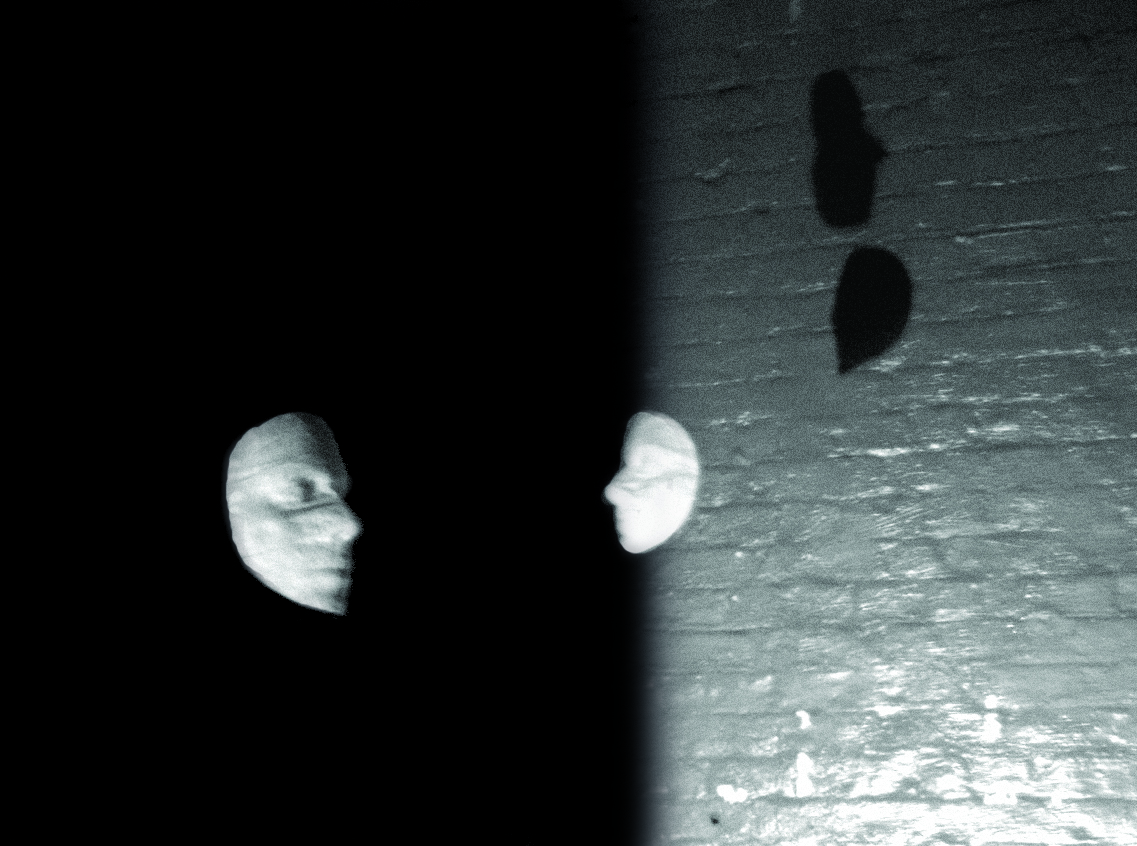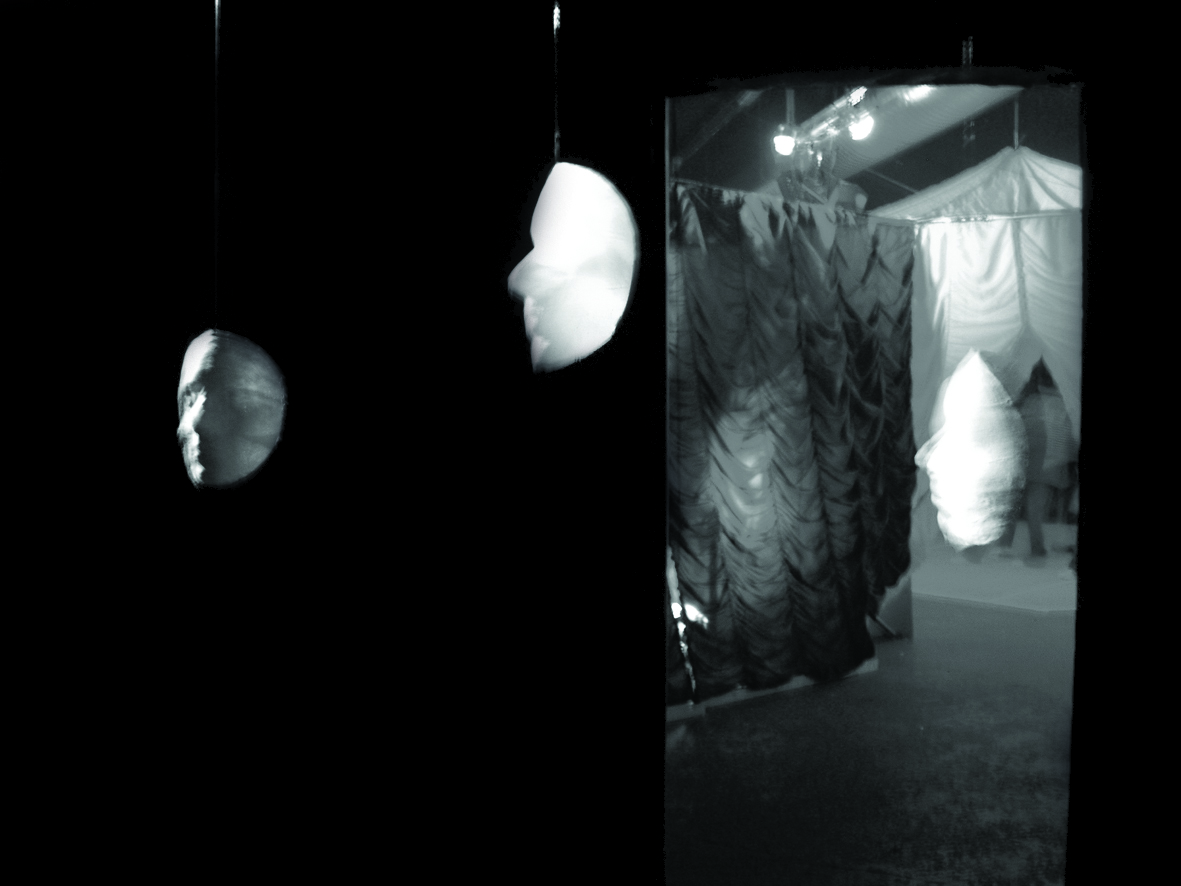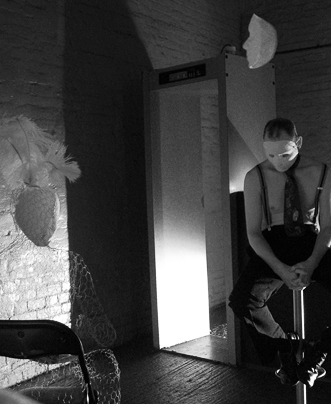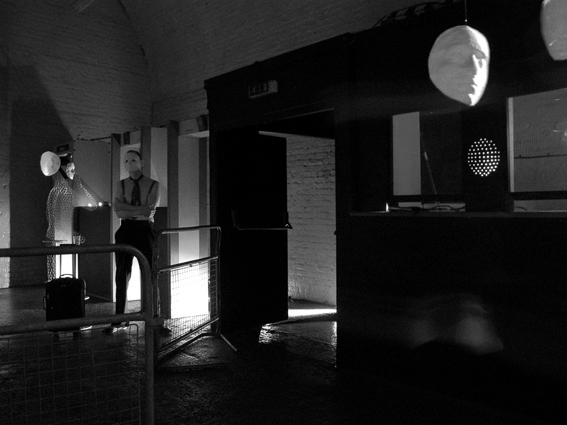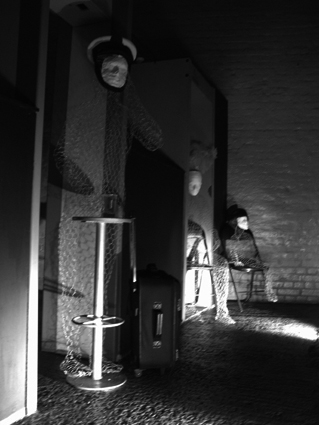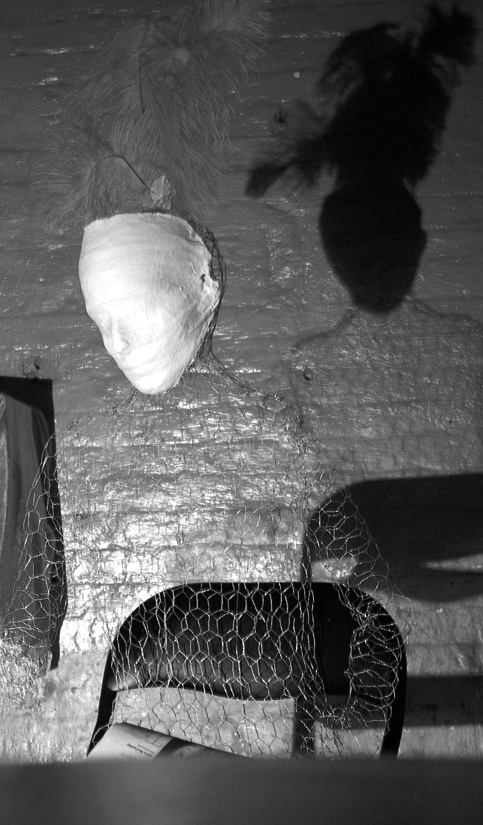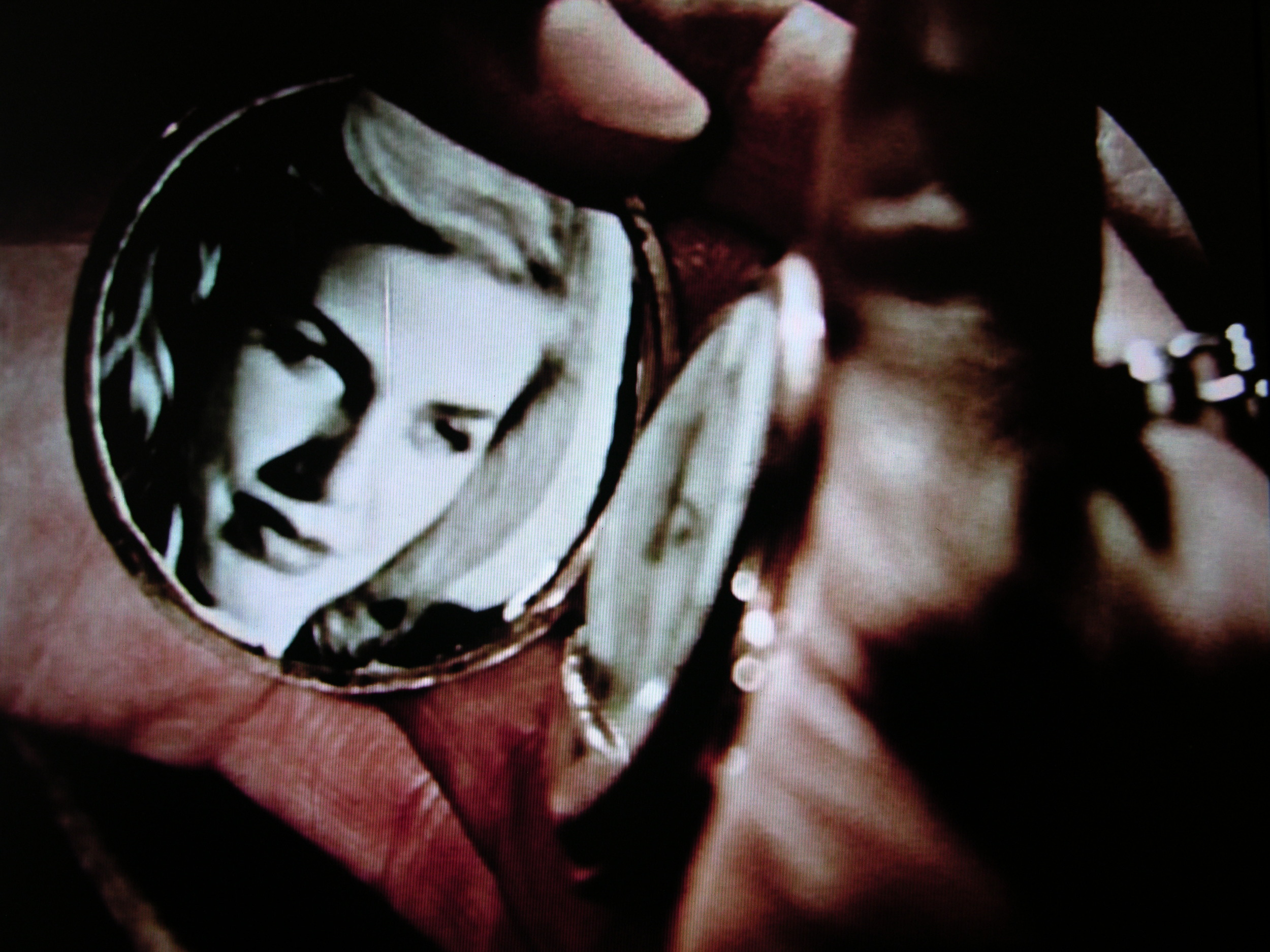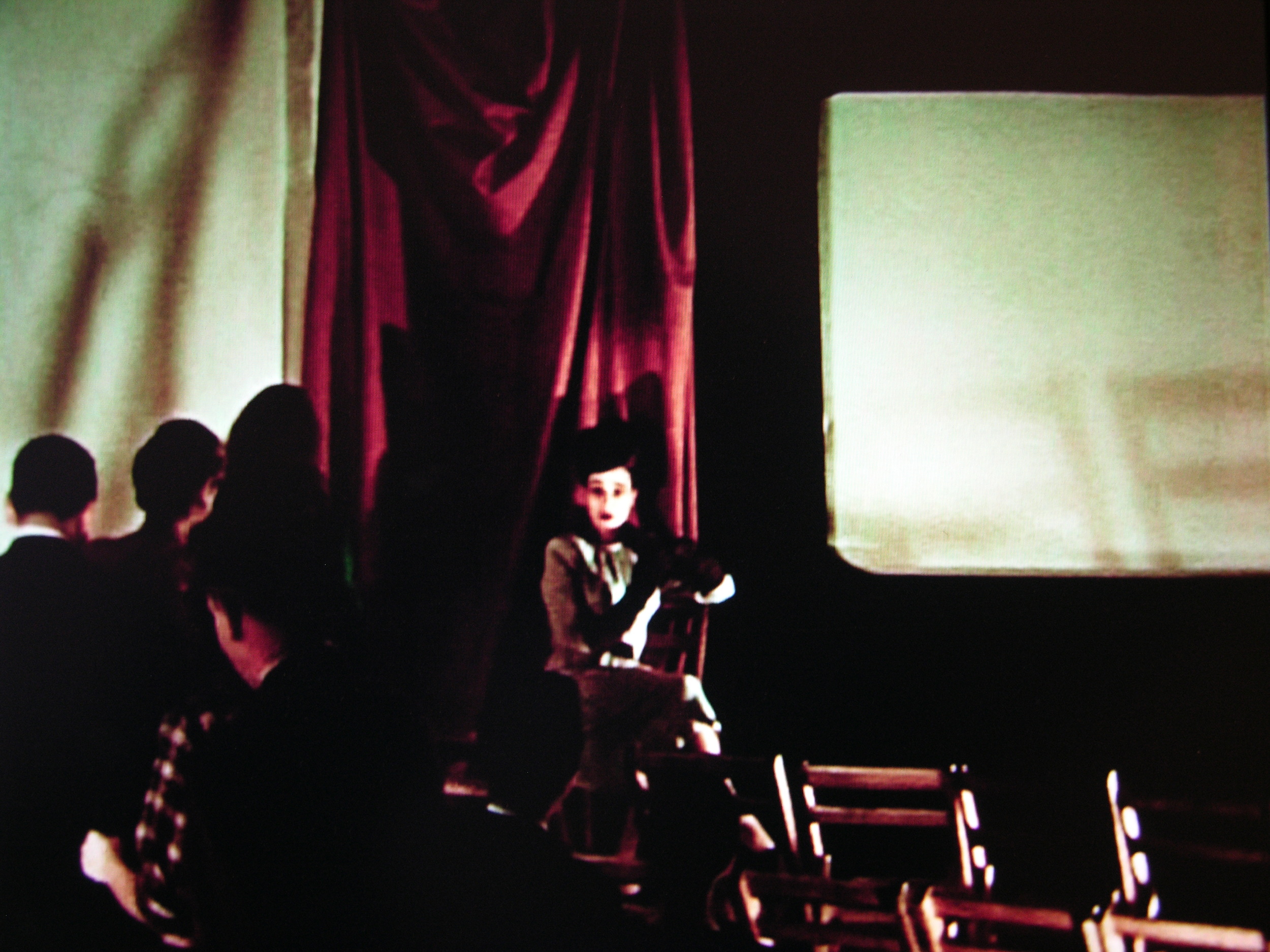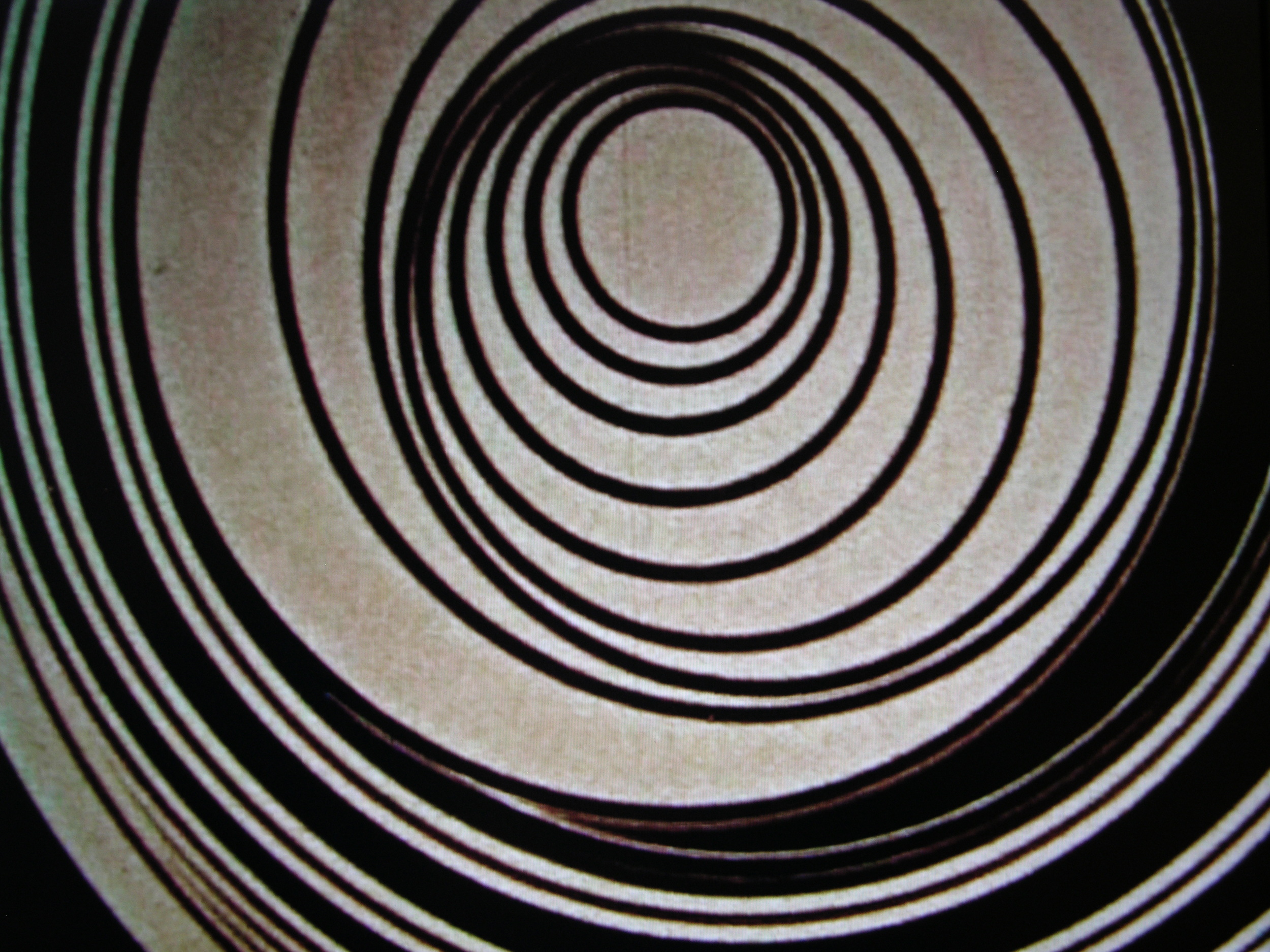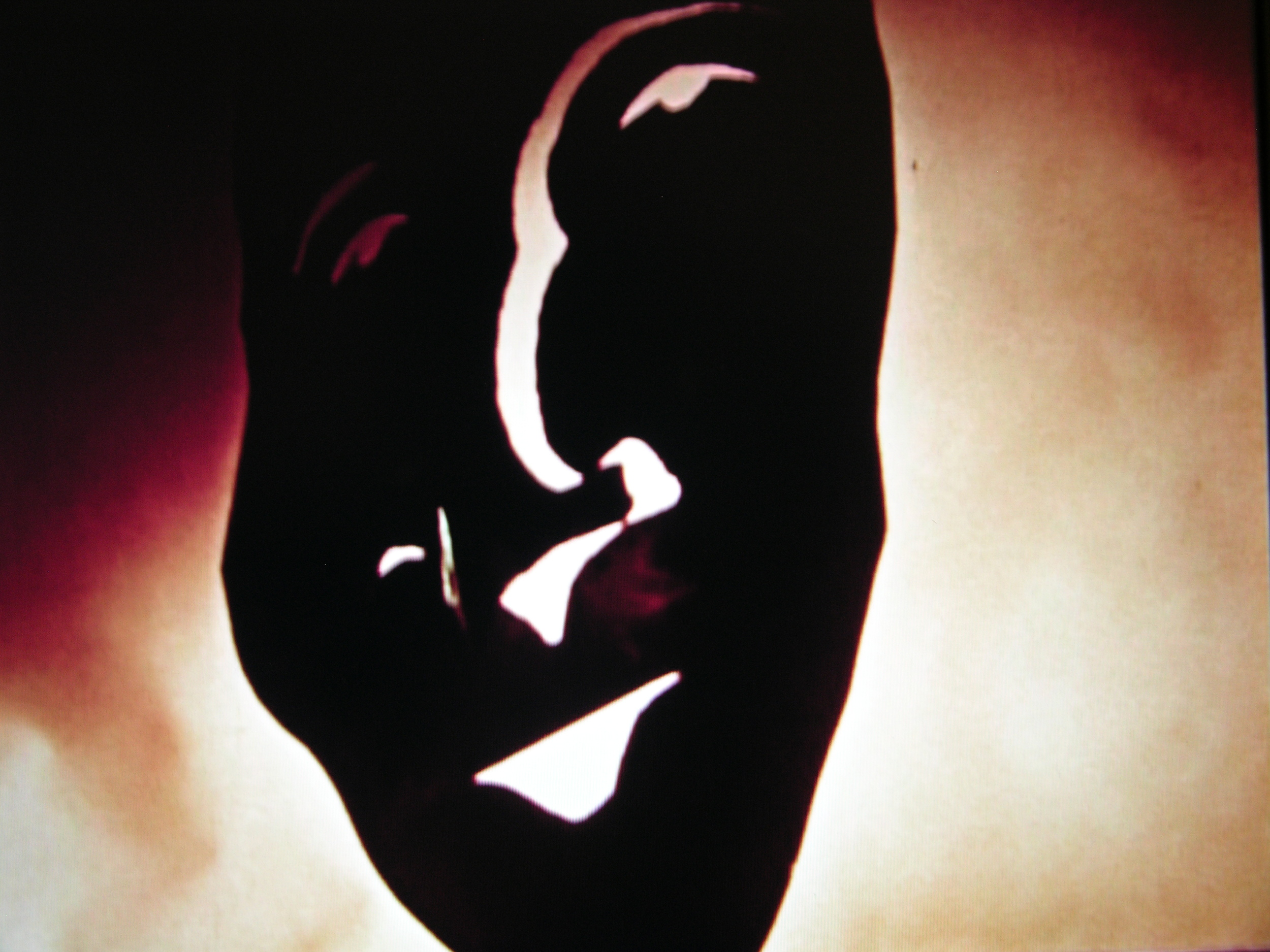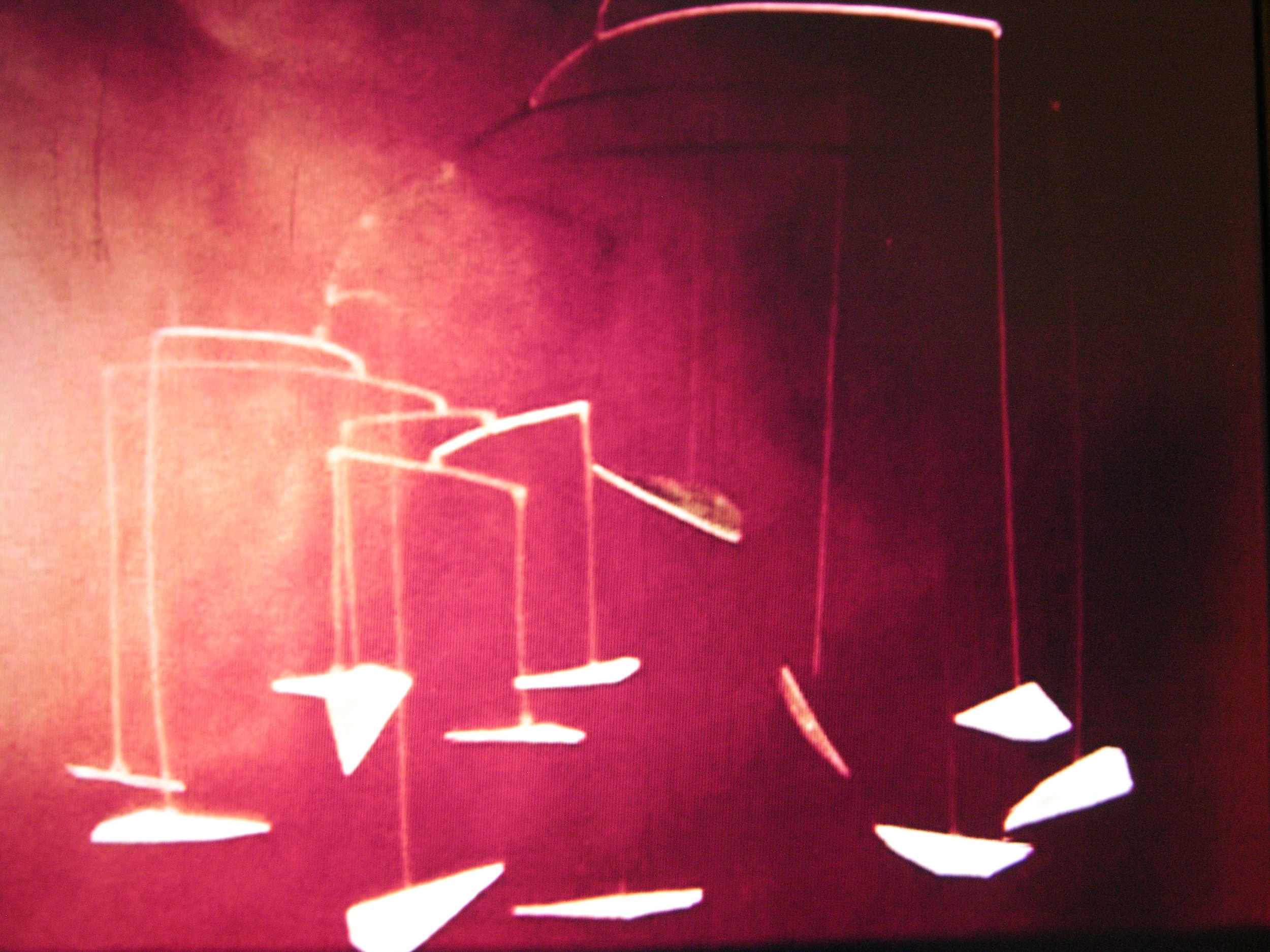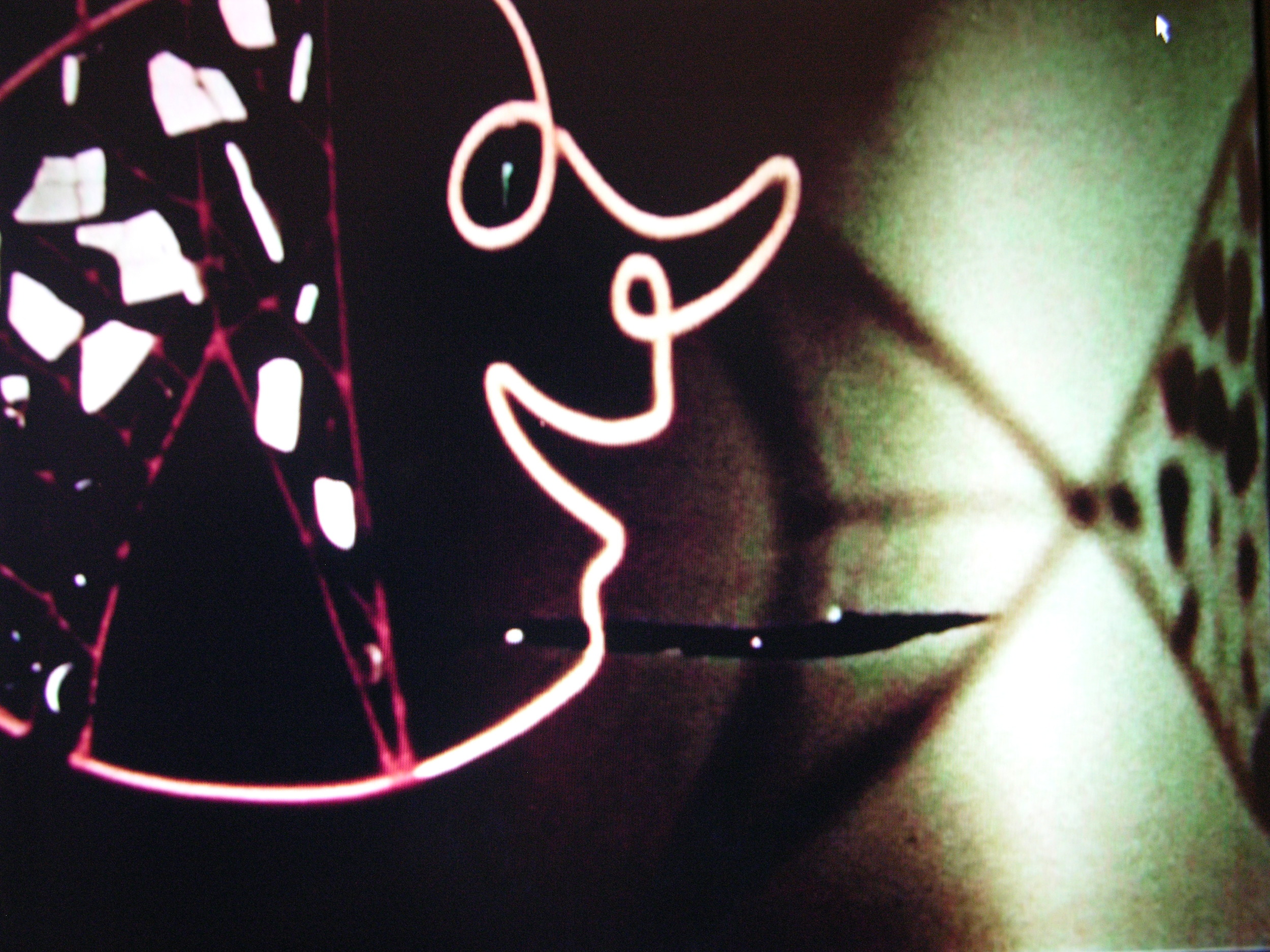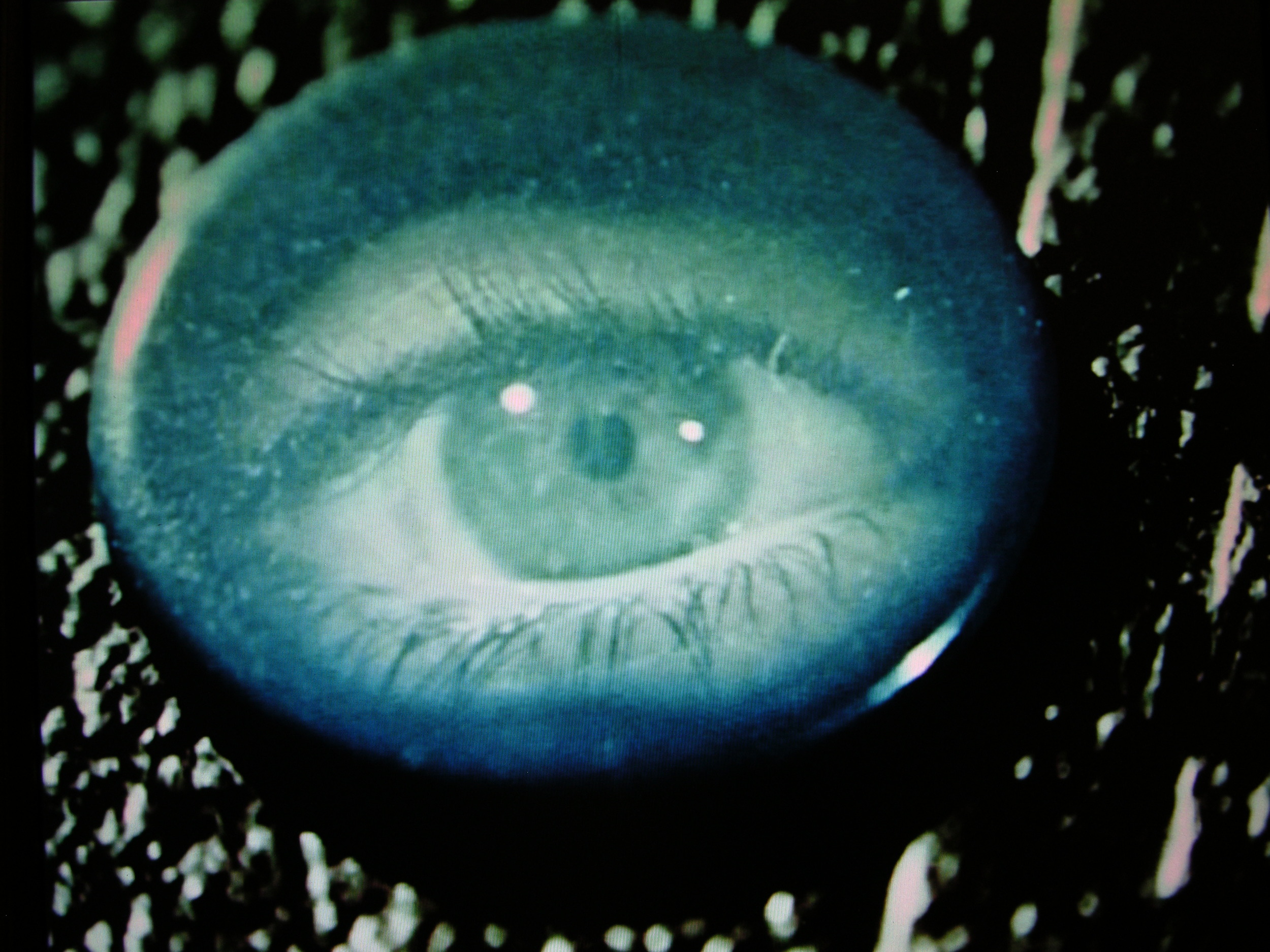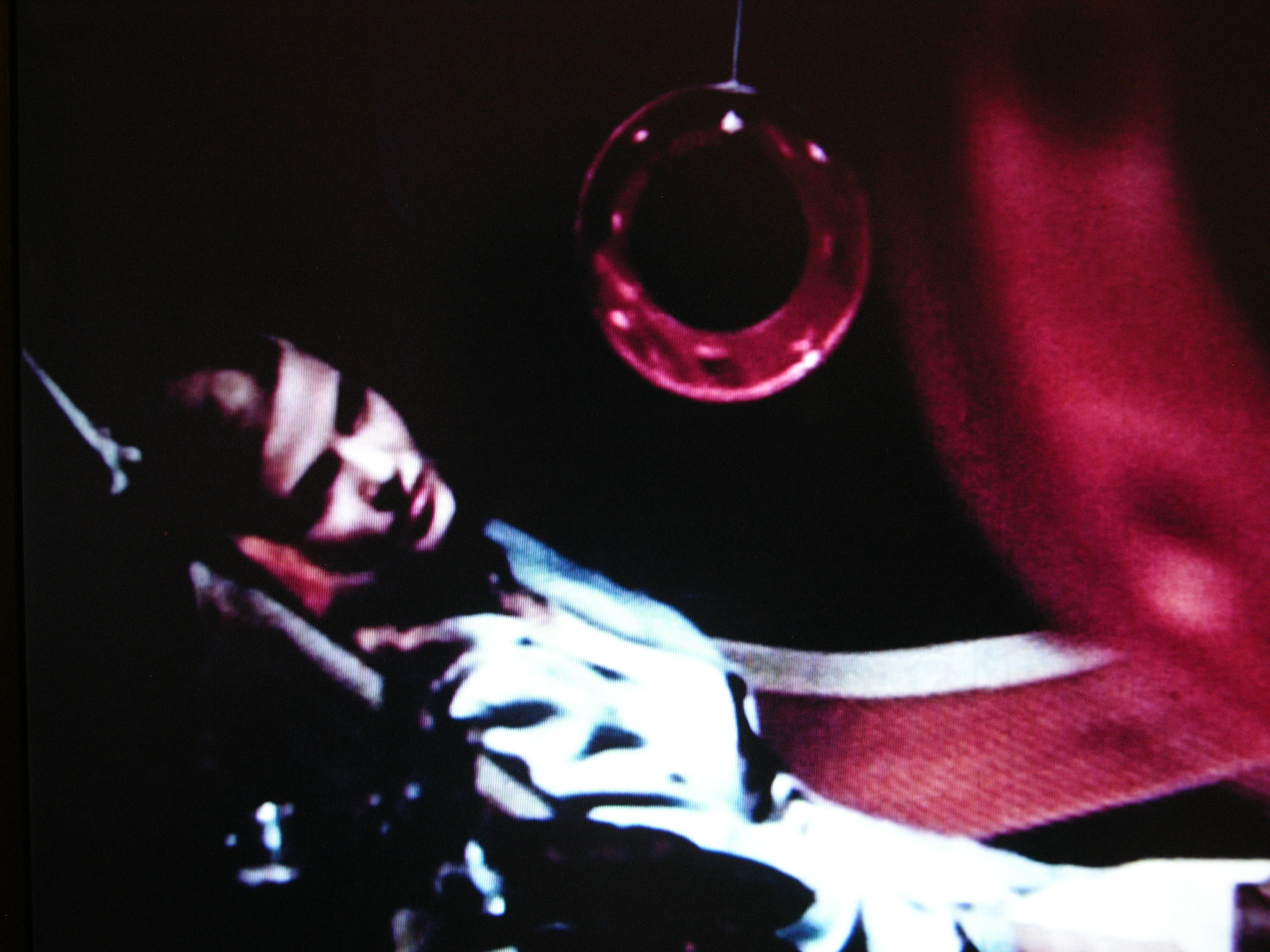“The cinematic passage of people with disjointed snippets in foreign tongues reveals an unlikely collision of seasons and cultures in one place at one time. Tired of waiting, the mind starts to drift into a surreal dream world where reality and fantasy blur and . . . suddenly anything is possible. Passports get mixed up, nationalities discarded, identities become transient . . .”
In Transit
Created for first ever Future Cinema event (now Secret Cinema)
1 November 2005
A site-specific sound and performance installation inspired by surreal dream states, triggered by the collision of improbable images encountered in an international airport transit zone lounge.
The piece was created for the first ever Future Cinema (now Secret Cinema) event, designed around a main screening of experimental surrealist film “Dreams That Money Can Buy”. It was one of many theatrical actions accompanying short film screenings and musical bands at the event, which had a curated theme of “surreal burlesque”. The event was attended by over 1,000 people.
Location: SE ONE nightclub (London Bridge Vaults), London, UK
Created for Future Cinema event at the London Film Festival
Sound by Anand Gary; voice of Angeliki Athanasiadou
Performed by Christopher Routh
Materials: plaster of Paris, chicken wire, PA sound system
Stills from inspirational film "Dreams That Money Can Buy" (directed by Hans Richter; collaborators including Max Ernst, Marcel Duchamp, Man Ray, Alexander Calder and Fernand Léger)
